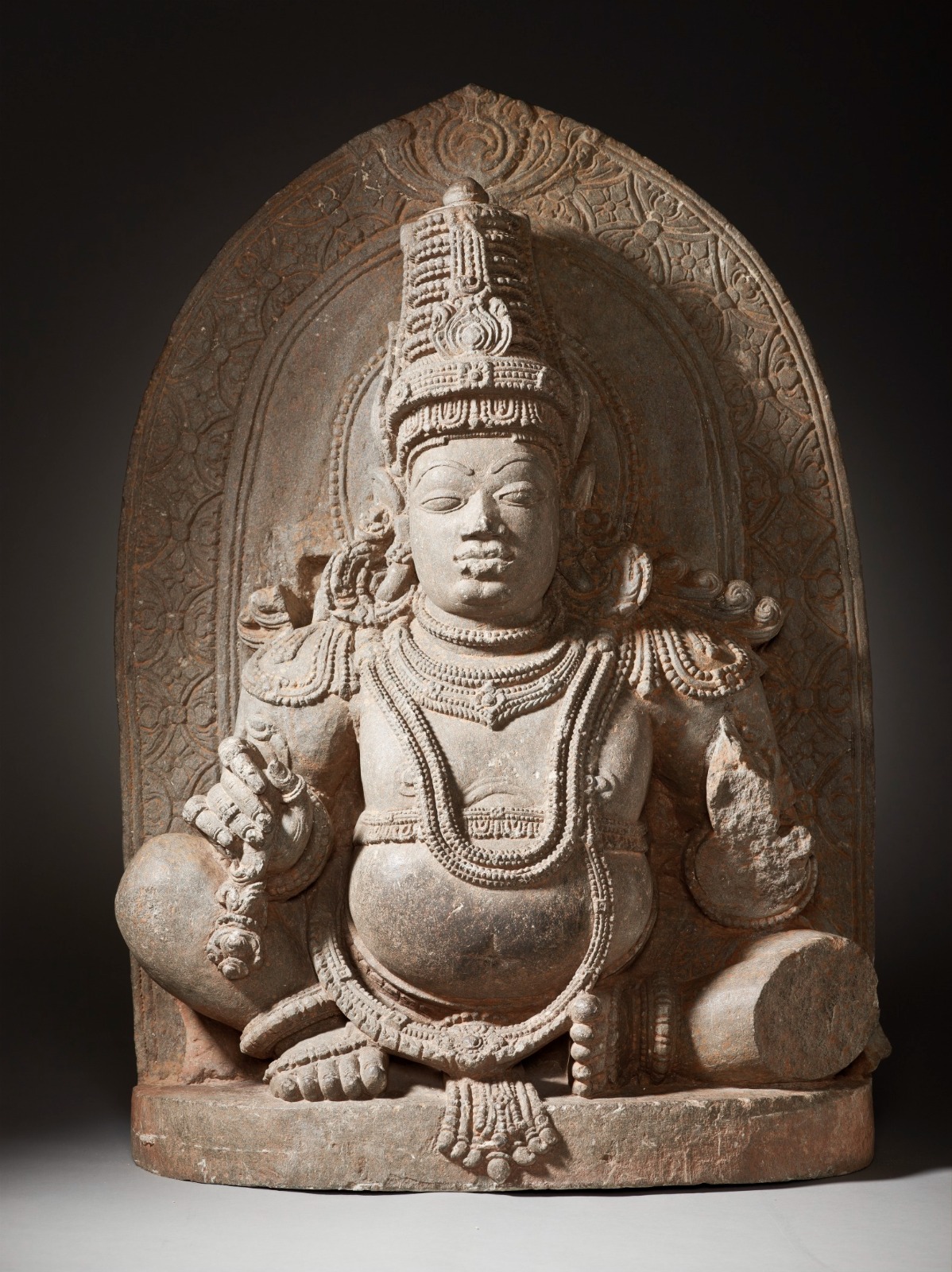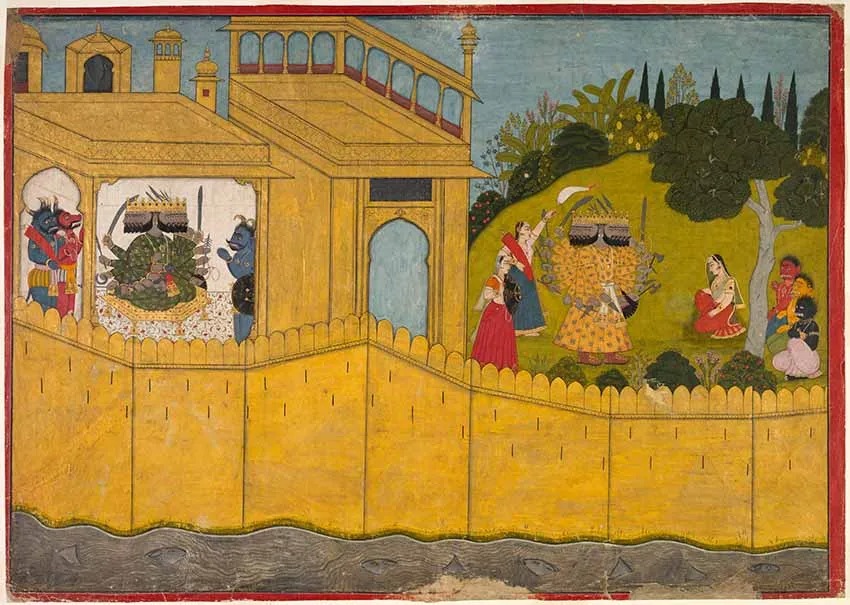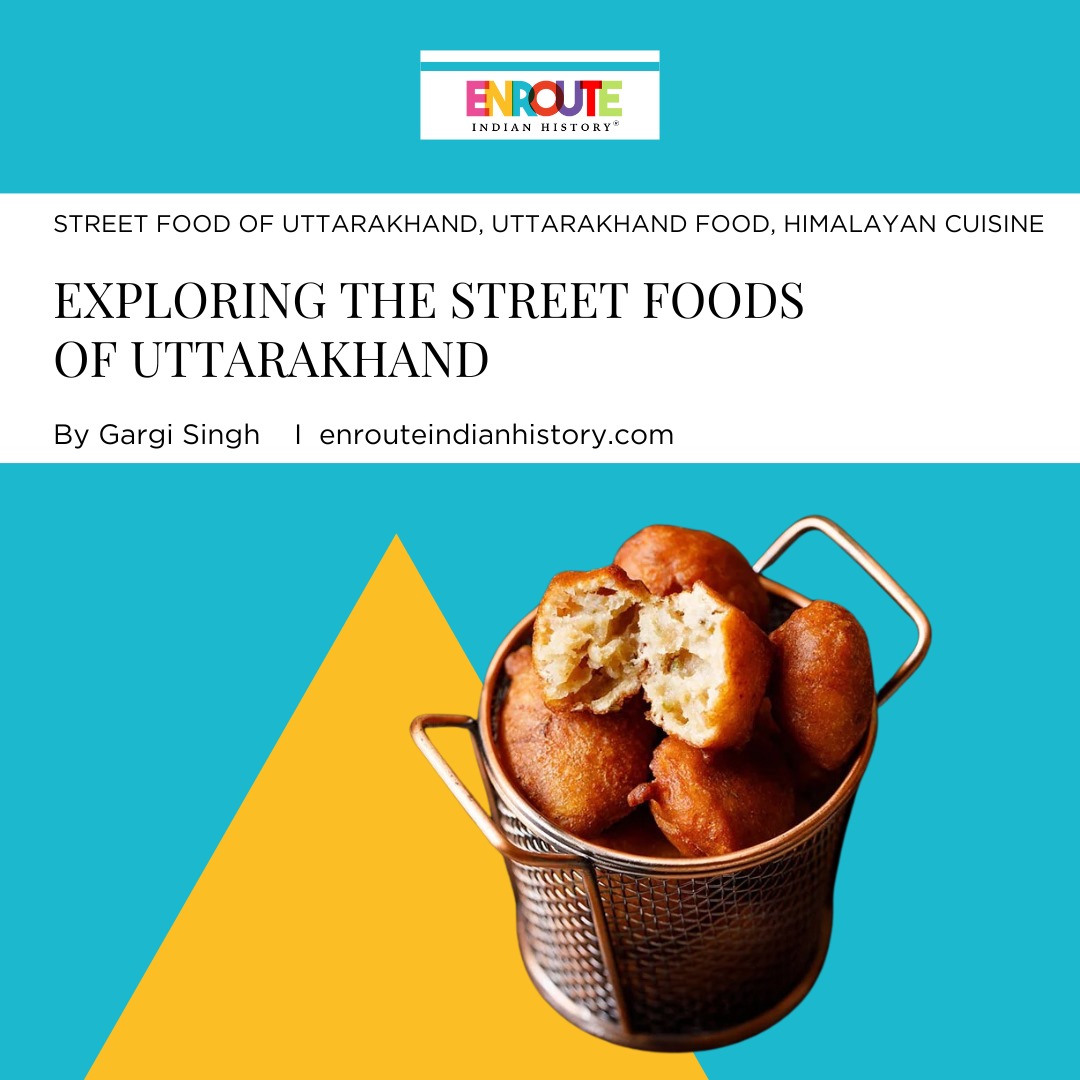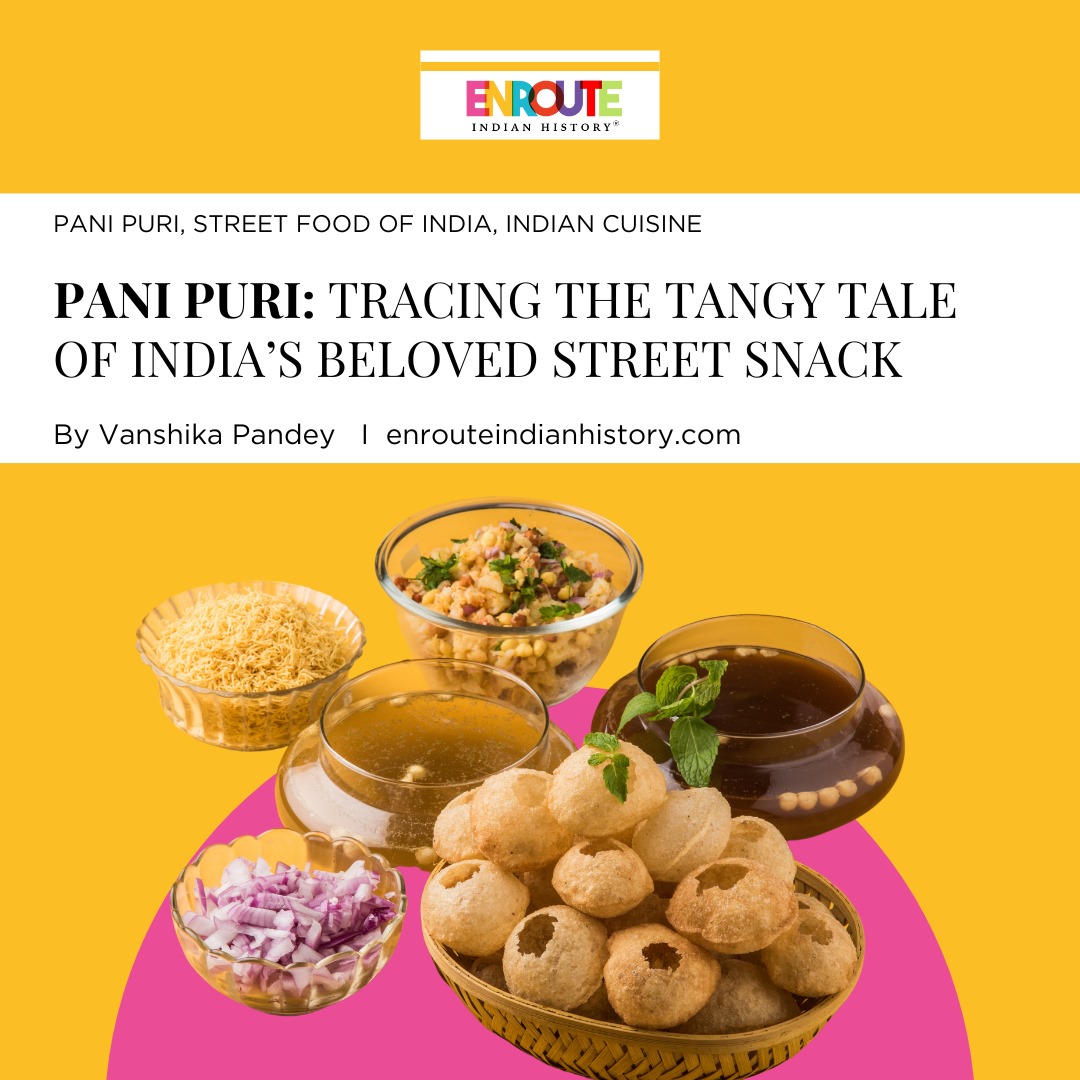
Gold has been an inseparable entity of Hindu mythology. The Rigveda confirms that the creator himself, Brahma, was born from the golden cosmic egg and thus called ‘Hiranyagarbha’. From Lord Shiva’s episode of the golden seed, Sita emerging out from the golden city of Hiranyapura, to the epics, where women without golden jewelry were considered symbols of inauspicious or ‘amangala’, gold has forever been seen as a form of divinity or purity. It is considered as the most ‘sattvic’ amongst all the metals and probably justifies its own God.
Origin
Wouldn’t it be great to be reincarnated as a GOD? And that too, a God possessing all the gold and the riches of the entire cosmos. This stands true for the Lord of Wealth or the King of the Yakshas, Kuber or Kuvera of Hindu, Buddhist, and even Jain mythology. Shiv Purana narrates that there lived Gunanidhi, who indulged in theft, gambling, and drinking and followed the path of adharma. Ashamed of his acts, he penanced through rigorous wandering but went to Shivalok, after helping some of the Shiv bhakts, where served Shiva and Parvati, and was made the Lord of Alaka, the capital of Kuber on the Himalayas. Brahma then granted him the boon to be reincarnated as the Lord of treasures and Guhyakas (hidden beings, who were demi-gods and attendants of Kuber), and said, “You will be the king of Yakshas, Kinnaras, and rulers… Punyajanas and the bestower of wealth to all.” Parvati conferred him with the name “Kubera”, literally, possessed of an ill-shaped body, having three legs and eight teeth. Furthermore, he attained the friendship of Shiva. This is probably why the golden linga of Shiva is associated with Kubera. Consequently, his origin is traced back to Brahma himself, with his father being Visharavana.

Kubera, the God of Riches. Los Angles County Museum of Art
Kuber and gold
The earliest Indian history texts, like Vedas, described him as the “chief of evil spirits”. But the Puranas and the Hindu epics pedestalized Kuber as a Deva. Considered to be a Dikpala or the regent of the North, he is also a Lokapala or a protector of the world. According to the dhyan mantra of Kuber from the Narada Purana, it is learned that Kuber rides on a horse, has two hands, and holds a pot in one hand, he is of golden color. Here, we can also pick out certain iconographic traits of Kuber – he is to be decorated with ornaments like kundla, hara, and kayura and dressed in yellow clothes, symbolizing gold. He is to be two-handed, holding gaya in one hand and varada mudra in the other, wearing a golden crown. He holds a golden mongoose that spits out gems every time from the opening mouth. Even today, people consider the sight of a mongoose as fortunate, as it heralds the acquisition of wealth or money (dhan labh). Like Rigvedic deities, he too, possessed a celestial car which is called Pushpaka vimana, decorated with golden windows with precious gems and designed with beautiful images.
Gold is the metal of his concern and is famous for “fair Himalayan mines of gold” or for the “gold dug up by ants,” coming from the upper Ganges. A proverb, “He longs for honey but forgets the fall”, alludes to what is called “Kuber’s honey”, which is in fact “the favorite of Kuber”, i. e. gold. This gold is reported to be guarded by serpents and he who attains this, gets “immortality”, “makes the blind see” and “restores youth.” Mythologically, there is also a “lake of lotuses of gold” near his home. We must remember that he is rather a Guyaka than a guhera (a smith); meaning, he conceals gold and jewels and does not manufacture things from metal, though one tradition has it that he made his palace, which is all of the gold work.
Related to him, the main festival celebrated is Dhanteras, where he is revered alongside Lakshmi, and thus together called ‘Shubh Labh.’ All items of the puja are generally yellow, symbolizing gold, like the clothes of the devotee, the asan, and the idol, and the puja is referred to as Pitambar Prayog. The flowers offered are roses and lotus (red and yellow colored). Also, it is considered auspicious to buy gold on that day.
Golden Lanka
The most uncommon episode of Hindu mythology or as some like to consider it’s Indian history is the ‘sita haran’ by Ravan to his ‘sone ki lanka’. But did you know that Lanka was not always ‘Ravan ki Lanka? Lanka was once popular as ‘Swarna’ or ‘Ratna’ bhumi, for its ‘golden and flower-bespangled like the gem-bespangled sea’. It is believed that Parvati requested Shiva to build an abode, after being tired of living an ascetic life. The responsibility was entrusted to the “Principle Architect of the universe”, Vishwakarma, who designed a beautiful palace made of gold. Kuber, being a prime friend of Shiva, was asked to perform the ‘griha pravesh’ ritual, only to be asked for the palace itself in the form of ‘dakshina’. Thus, Kuber became the owner of the golden palace of Lanka.

Sita in the Garden of Lanka, from the Ramayana epic of Valmiki, circa 1725, Guler, Cleveland Museum of Art.
Valmiki’s Ramayana writes, “a glorious city fair to see as Indra’s Amravati…its golden courts enchant the sight…her golden ramparts wide and high.” The entire palace constituted one-fourth of the whole of Lanka, constructed in gold and all sorts of precious jewels. It had ferocious rakshasas standing guard all around it around the clock and a moat protecting it as well. It had domes and turrets, encircled by a wall built of golden blocks. Other houses were painted gold and bejeweled. The lady’s bowers in Lanka were supported by golden pillars, over which there were jeweled arches. The banquet hall of the palace had rows of gold plates loaded with dainties of the earth, sea, and air, and of cups wrought of gold, inwrought-with gems. The royal dormitory had a crystal dais on which were golden couches and over which was a canopy famous for its artistry.
There are alternatives to all the anecdotes mentioned above, regarding Kuber’s origin and if the priest invited over by Shiva was Raavan or Kuber, but one thing of certainty is that Kuber, is the Lord and protector of the wealth and he had a golden adobe at Kailasa, Himalayas. However, Kuber and Lanka are not remembered together in Indian history, because his half-brother, Raavan seized Lanka from him, along with his golden pushpaka vimana.
REFERENCES
Books
- Pillai, M.S. Purnalingam, Ravana The Great: King of Lanka. The Bibiotheca, 1928
- The Siva Purana: Part I. Motilal Banarsidass Publishers Pvt. Ltd.
Articles
- Hopkins, E.W. “Sanskrit Kabairas or Kubairas and Greek Kabeiros”. Journal of the American Oriental Society , Vol. 33 (1913), pp. 55-70
- Yadvendu, Geeta and Tiwary, Gunjan. “Evolution and Iconography of Lord Kubera with Special Reference to Mathur Art”. International Research Journal of Humanities and Interdisciplinary Studies., Vol. 3 Issue 5, 2022
- Mishra, Nilachal. “Lord Kubera: A Brief Study”. 2021
- Sahoo, Simran. “Psychoanalysis of the Character of Ravan In “Valmiki’s Ramayan””. International Journal of Innovative Research and Advanced Studies., Vol. 4 Issue 7, 2017.
- May 8, 2024
- 8 Min Read


























